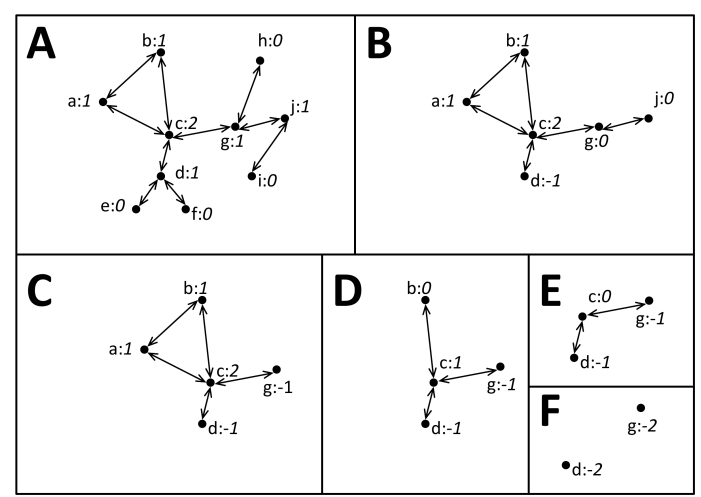Best of 2013: US Military Scientists Solve the Fundamental Problem of Viral Marketing
Viral messages begin life by infecting a few individuals and then start to spread across a network. The most infectious end up contaminating more or less everybody.

Just how and why this happens is the subject of much study and debate. Network scientists know that key factors are the rate at which people become infected, the “connectedness” of the network and how the seed group of individuals, who first become infected, are linked to the rest.
It is this seed group that fascinates everybody from marketers wanting to sell Viagra to epidemiologists wanting to study the spread of HIV.
So a way of finding seed groups in a given social network would surely be a useful trick, not to mention a valuable one. Step forward Paulo Shakarian, Sean Eyre and Damon Paulo from the West Point Network Science Center at the US Military Academy in West Point.
These guys have found a way to identify a seed group that, when infected, can spread a message across an entire network. And they say it can be done quickly and easily, even on relatively large networks.
Keep Reading
Most Popular
Large language models can do jaw-dropping things. But nobody knows exactly why.
And that's a problem. Figuring it out is one of the biggest scientific puzzles of our time and a crucial step towards controlling more powerful future models.
The problem with plug-in hybrids? Their drivers.
Plug-in hybrids are often sold as a transition to EVs, but new data from Europe shows we’re still underestimating the emissions they produce.
Google DeepMind’s new generative model makes Super Mario–like games from scratch
Genie learns how to control games by watching hours and hours of video. It could help train next-gen robots too.
How scientists traced a mysterious covid case back to six toilets
When wastewater surveillance turns into a hunt for a single infected individual, the ethics get tricky.
Stay connected
Get the latest updates from
MIT Technology Review
Discover special offers, top stories, upcoming events, and more.